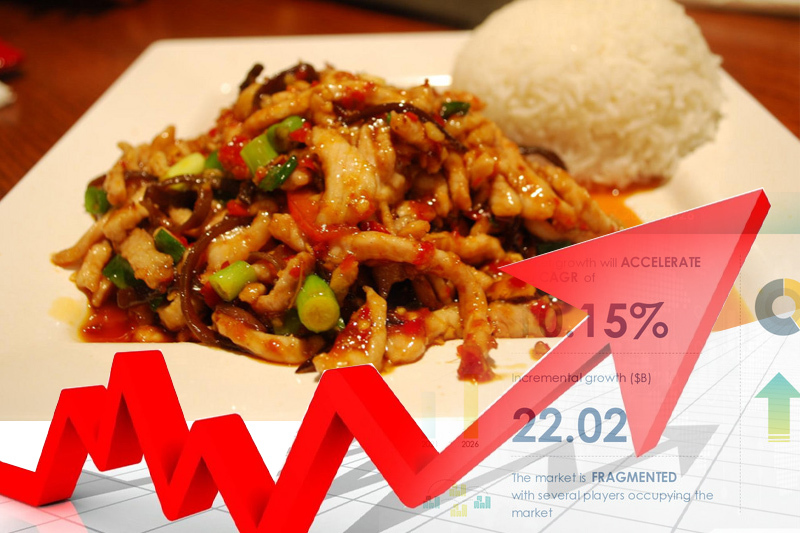
Ethnic Foods Market Size to expand by USD 22.02 billion
The market will increase by 8.78% YOY in 2022 and by 10.15% CAGR during the projected period, according to the study “Ethnic Foods Market by Distribution Channel and Geography – Forecast and Analysis 2022-2026.” The market is divided into geographical and distribution channel segments (offline and online) (APAC, North America, Europe, the Middle East and Africa, and South America).
The offline segment will have a greater impact on market growth than any other distribution channel throughout the forecast period. Consumers are moving away from tiny convenience businesses and toward supermarkets and hypermarkets as disposable incomes rise and urbanisation picks up speed.
The ethnic food market will experience the most potential for growth throughout the forecast period in APAC. Our analysis indicates that the area will account for 40% of the expansion of the worldwide market. The two biggest nations in the APAC market for ethnic foods are China and Japan. Market expansion in the area is due to elements including the growth of food retail operations in emerging economies.
Keep Reading
In order to compete in the fragmented market for ethnic cuisines, vendors are using both organic and inorganic expansion tactics. The competitive landscape of the market is analysed, and the study provides details on a number of key vendors.
The rise of the ethnic foods sector is being driven by the rising popularity of Italian cuisine. Italian foods like pizza and spaghetti are becoming more and more well-liked with consumers. Additionally, some consumers prepare these dishes at home, which boosts the demand for Italian sauces. Consequently, during the anticipated time, these variables will fuel the market’s expansion.
The growth of the ethnic food sector is hampered by the shifting price of raw ingredients. Olive oil, spices, herbs, and other components are a few of these raw ingredients. When compared to 2019, the average price of garlic increased globally in 2020. Similar to this, the cost of olive oil increased by 67.3% between 2021 and 2020. Therefore, it is anticipated that during the forecast period, fluctuating raw material prices will have a negative impact on the growth of the global market for ethnic foods.




